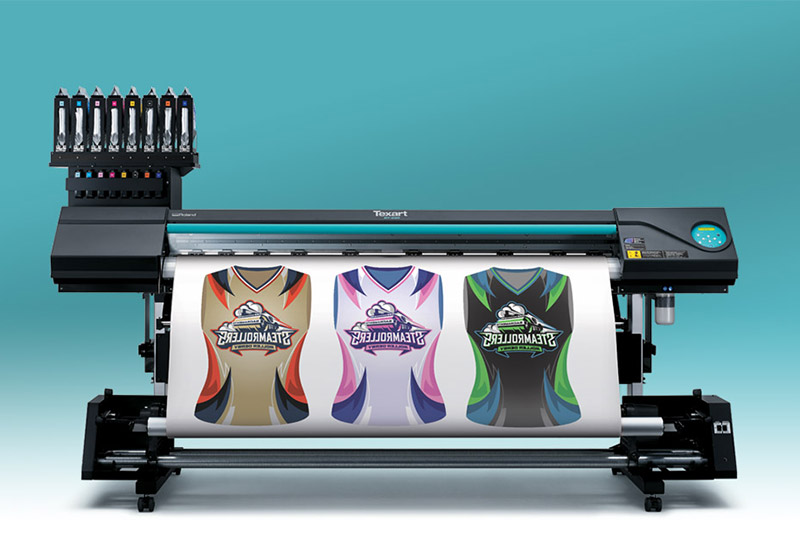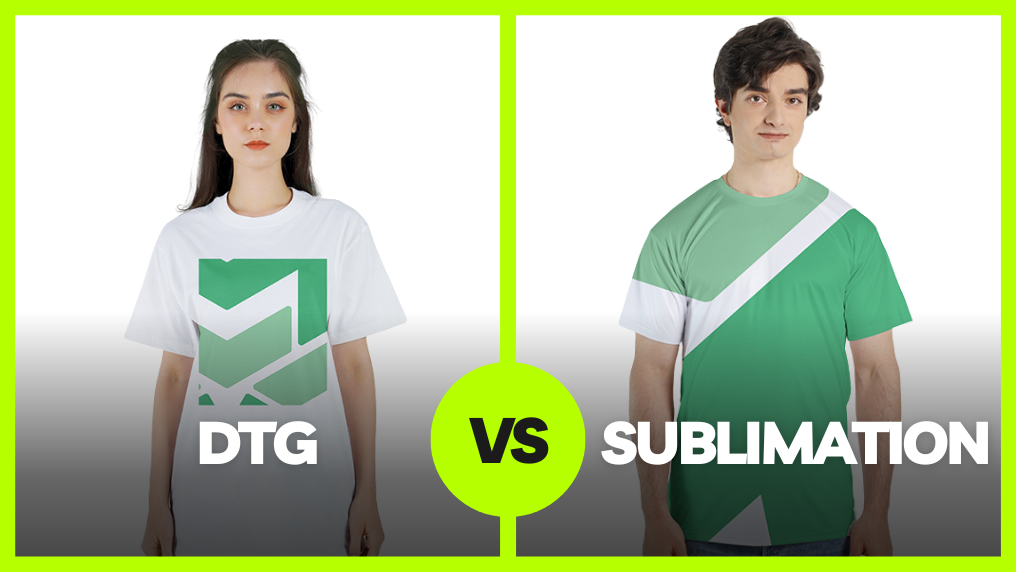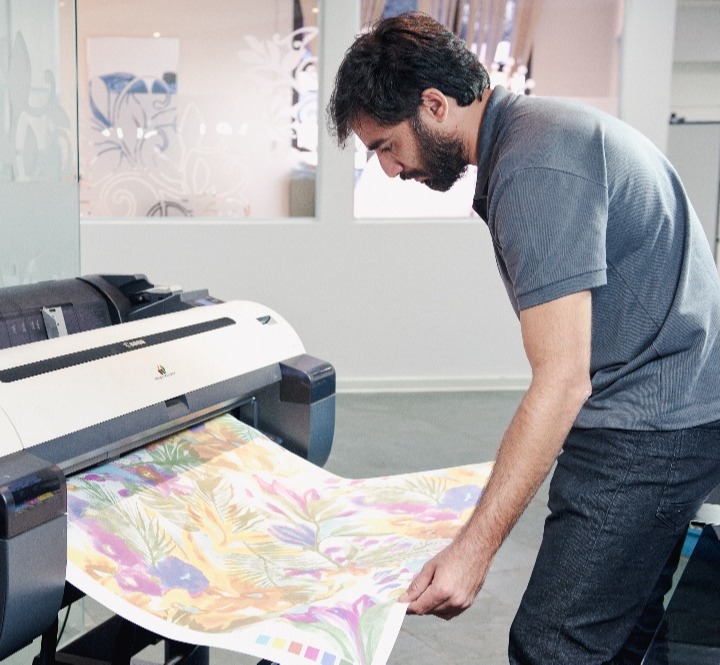The Surge of DTF Printing: Exploring Its Applications and advantages
The appearance of Direct to Film (DTF) printing innovation is revolutionizing the customized fashion industry, providing noteworthy advantages and a broad variety of applications. Its one-of-a-kind capability to create high-grade, lively prints on various fabrics without the requirement for pre-treatment substantially enhances manufacturing processes and improves operational effectiveness. DTF printing's adaptability to both tiny and large production runs makes it an attractive option for developing tailored items, such as sports group attires and company promotional merchandise. As the hunger for customized products remains to broaden, recognizing how DTF printing can fulfill these advancing needs is increasingly essential.

Comprehending DTF Printing Technology
Comprehending DTF Printing Technology marks a substantial innovation in the textile printing industry, especially for its versatility and effectiveness. Direct-to-Film (DTF) printing is an innovative process that involves printing styles onto unique transfer films, which are after that moved onto fabric utilizing warm and stress. Unlike typical methods, DTF printing does not call for pre-treatment of the material, making it possible for an extra streamlined process.

Once cured, the film is placed onto the material, and a warm press transfers the style by applying consistent warmth and pressure. This causes dynamic, high-grade prints that adhere perfectly to various textile kinds, including cotton, polyester, and blends (heat transfer vinyl printing). The technology's ability to produce vivid and complex styles with marginal setup makes it a game-changer in the textile printing field
Key Benefits of DTF Printing
One of the vital advantages of DTF printing is its exceptional convenience, which enables premium prints on a variety of textile kinds. This capacity prolongs beyond traditional cotton to consist of polyester, nylon, natural leather, and also blended fabrics, making it excellent for diverse fabric applications. This adaptability decreases the need for several printing technologies, improving production processes and minimizing general prices.
An additional substantial advantage is the premium print high quality that DTF modern technology delivers. By utilizing dynamic, resilient inks and accurate application approaches, DTF prints keep their color fidelity and intensity also after various laundries. This causes a product that not only looks expert yet additionally stands the test of time, offering regular worth to both manufacturers and end-users.
In addition, DTF printing offers a simplified process, which can cause raised efficiency and productivity. Unlike conventional techniques such as display printing, DTF does not need intricate arrangement or extensive drying times. This ease of use makes it an appealing choice for services of all dimensions, permitting quicker turn-around times and the capacity to take care of tiny to huge manufacturing keeps up marginal hassle.
Applications in Customized Apparel
In the realm of custom apparel, DTF printing stands out as a game-changing modern technology that allows designers and manufacturers to create bespoke garments with unmatched detail and quality. Direct-to-film (DTF) printing has actually reinvented the custom fashion industry by providing adaptability in style, vivid shade reproduction, and durability. This cutting-edge method enables elaborate layouts to be transferred onto a wide variety of fabrics without compromising the integrity of the material.
One significant application of DTF printing remains in creating personalized tee shirts, hoodies, and sports apparel. The ability to publish complex graphics with great information and gradients makes it excellent for individualized clothing, such as team attires and promotional product. Furthermore, DTF printing is especially useful for one-off items and limited-run orders, providing a effective and cost-effective solution contrasted to standard display printing methods.
Additionally, DTF printing has opened new opportunities for stylist to experiment with distinct patterns and structures, making it possible for the production of cutting-edge, progressive collections. This technology also supports small companies and independent musicians by lowering the barriers to entry in the custom-made clothing market. Inevitably, DTF printing is reshaping the landscape of custom clothing, merging creative expression with technological development.
Adaptability Across Different Materials
Structure on the innovations in custom apparel, DTF printing's adaptability throughout various materials better enhances its charm. Unlike conventional printing techniques, DTF (Direct-to-Film) printing can be used to an extensive range of substrates, including cotton, polyester, blends, leather, and even hard surface areas like wood and glass.
The ability to print on diverse materials opens various opportunities for companies across different sectors. For circumstances, in the promotional products field, companies can personalize a wide variety of things, from tote caps and bags to cups check my reference and phone cases, all with the exact same printing technology. In the garment industry, DTF printing enables developers to trying out intricate patterns and dynamic shades on unusual fabrics, pushing the limits of creative thinking.
Moreover, DTF printing's compatibility with different materials likewise equates to cost-efficiency and lowered waste, as manufacturers can use the exact same devices for several applications. This versatility not only broadens the scope of product offerings however likewise boosts functional efficiency.
Future Prospects of DTF Printing
As the market progresses, the future potential customers of DTF printing are positioned to reinvent numerous sectors via continuous innovation and technological developments. The rise popular for customized clothing and marketing products is driving the requirement for extra effective, flexible, and economical printing methods. DTF printing, with its ability to create top notch, sturdy prints on a vast array of products, stands at the center of this transformation.
Emerging patterns suggest that DTF printing will increasingly integrate with automation and AI technologies, enhancing manufacturing rate and lowering labor prices. Advanced software program options will certainly further optimize design accuracy, shade matching, and print uniformity, resolving several of the existing constraints. Furthermore, environment-friendly inks and recyclable transfer movies are expected to gain grip, straightening with worldwide sustainability objectives.
Industries beyond textiles are likewise exploring the possibility of DTF printing. The innovation's versatility makes it suitable for applications in home decoration, auto interiors, and even medical devices. As study and growth initiatives remain to expand, the scope navigate here of DTF printing will likely expand, opening brand-new opportunities for imaginative and industrial applications. In recap, the future of DTF printing is intense, appealing substantial innovations and broader market fostering.
Conclusion

Comprehending DTF Printing Modern technology notes a significant advancement in the fabric printing sector, especially for its flexibility and effectiveness. Direct-to-Film (DTF) printing is an innovative process Extra resources that entails printing styles onto unique transfer films, which are then transferred onto material using heat and stress. DTF printing is especially useful for limited-run orders and one-off pieces, providing a economical and efficient service compared to typical display printing methods.
Unlike conventional printing methods, DTF (Direct-to-Film) printing can be used to a considerable variety of substrates, including cotton, polyester, blends, natural leather, and even hard surface areas like timber and glass.DTF printing modern technology is reinventing the custom garments sector by giving efficient, economical, and versatile solutions for generating lively styles on different textiles without pre-treatment.